Results
-
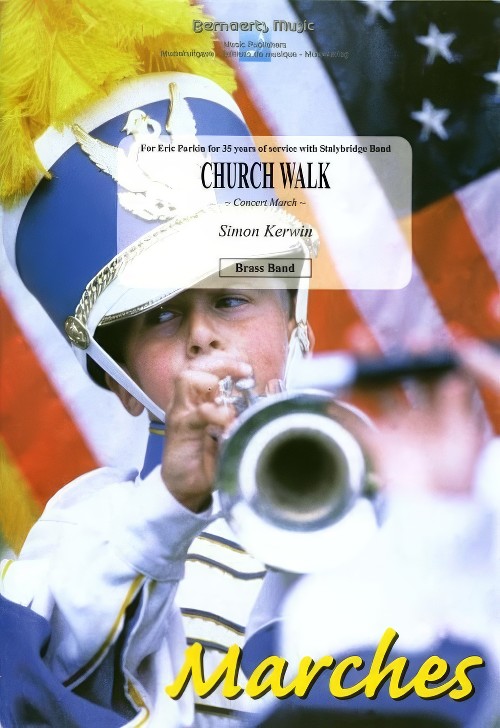 £54.99
£54.99Church Walk (Brass Band - Score and Parts) - Kerwin, Simon
Concert March - For Eric Parkin for 35 years of service with Stalybridge Band. Duration: 03:15
Estimated dispatch 7-14 working days
-
 £60.99
£60.99You're a Lady (Brass Band - Score and Parts) - Skellern, Peter - Stalman, Wim
Songwriter and composer Peter Skellern was a great writer of many truly sensitive love songs, with You're A Lady being the most famous by far. This evergreen was originally performed with brass band backing, making it an obvious choice for a brass band arrangement.Duration: 5:15
Estimated dispatch 7-14 working days
-
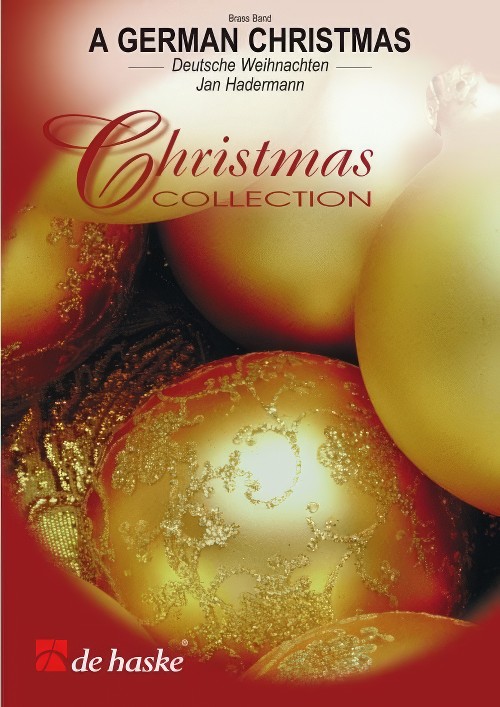 £69.99
£69.99A German Christmas (Deutsche Weihnachten) (Brass Band - Score and Parts) - Hadermann, Jan
Following a Christmas concert in German speaking Belgium, Jan Hadermann put together A German Christmas. Three well-known German Christmas carols O Tannenbaum, Alle Jahre Wieder and Susser die Glocken nie klingen have been transcribed in this Christmas medley. The romantic simplicity of the music makes it ideal for all bands.Duration: 5:45
Estimated dispatch 7-14 working days
-
 £69.99
£69.99Suite Symetrique (Brass Band - Score and Parts) - De Haan, Jacob - Haantjes, Menno
This playful three-part suite is largely based on symmetry. This of course is largely due to the relations of the arrangement of the themes; however, on the other hand, to the larger structures in form. The first part, (Prelude et Scherzo) has a solemn opening. Followed by it a related scherzo with many changes in time, this too is composed in a symmetrical form. In the second movement, Choral Dorian, the theme of the prelude is reversed and used in chorale in Dorian tonality. The suite comes to a close with Rondo d'Avignon. An annual theatre festival in a French city on the Rhone inspired this suite. It is a lively movement, symmetrically bought to a finish with a repeat of the prelude from the first movement.Duration: 5:15
Estimated dispatch 7-14 working days
-
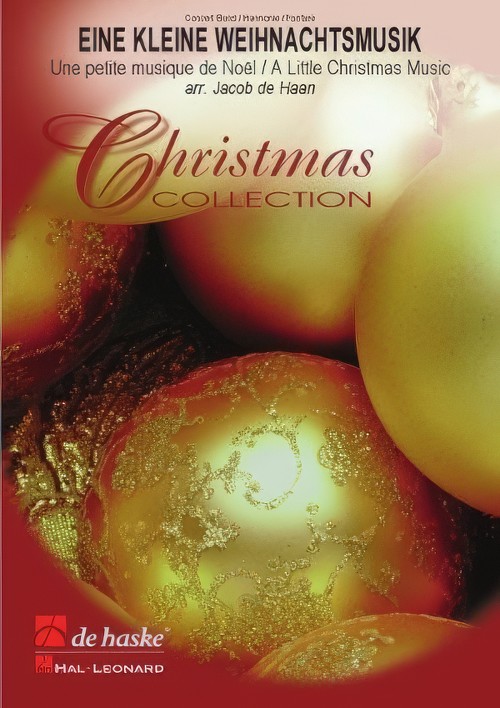 £60.99
£60.99Eine Kleine Weihnachtsmusik (Brass Band with Optional Choir - Score and Parts) - De Haan, Jacob
Duration: 5:45
Estimated dispatch 7-14 working days
-
 £53.99
£53.99Circle of Life (Brass Band - Score and Parts) - John & Rice - Bernaerts, Frank
From Walt Disney's motion picture "The Lion King". Duration: 05:15
Estimated dispatch 7-14 working days
-
 £53.99
£53.99Endless Love (Brass Band - Score and Parts) - Richie, Lionel - Bernaerts, Frank
Performed by Lionel Richie and Diana Ross as well as Luther Vandross and Mariah Carey. Duration: 05:15
Estimated dispatch 7-14 working days
-
 £60.99
£60.99Wonderful Invention (Brass Band - Score and Parts) - Stratford, Dizzy
Duration: 5.15
Estimated dispatch 7-14 working days
-
 £60.99
£60.99Music for Fun (Brass Band - Score and Parts) - Schoonenbeek, Kees
Duration: 5.15
Estimated dispatch 7-14 working days
-
 £69.99
£69.99T(w)o the Limit (Bb Cornet and Eb Bass Duet with Brass Band - Score and Parts) - Waignein, Andre
Duration: 5.45
Estimated dispatch 7-14 working days
